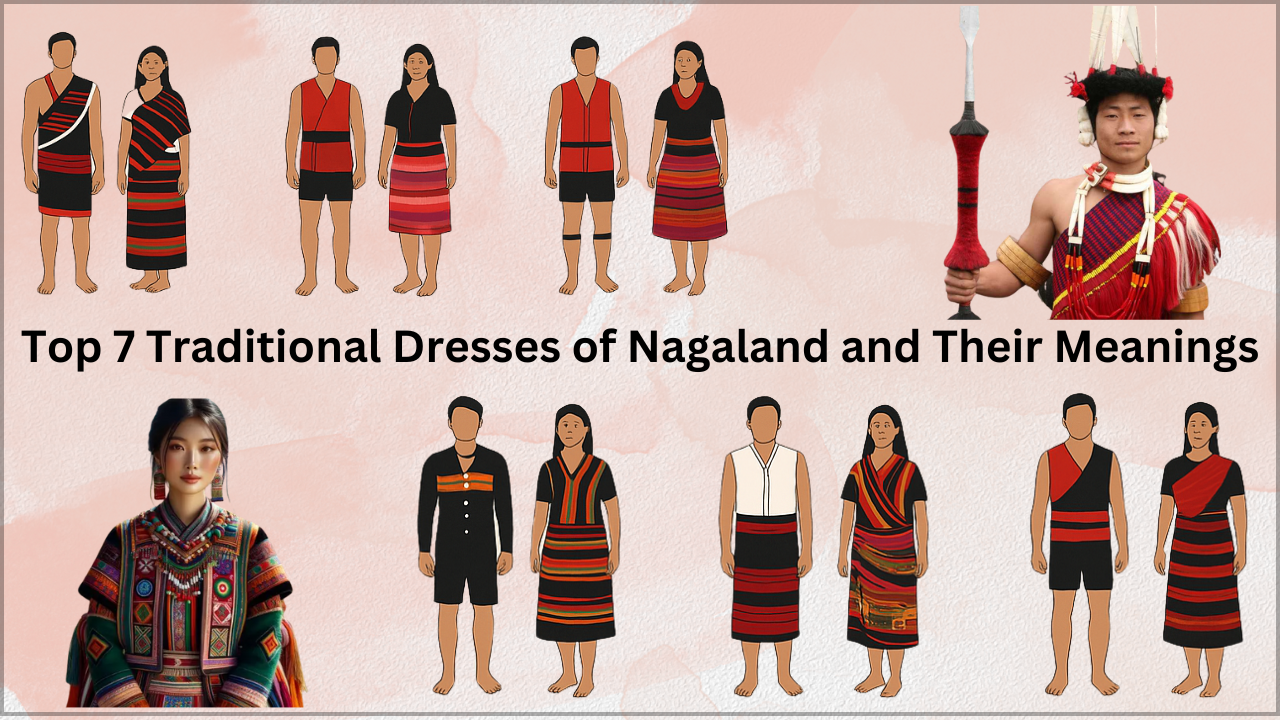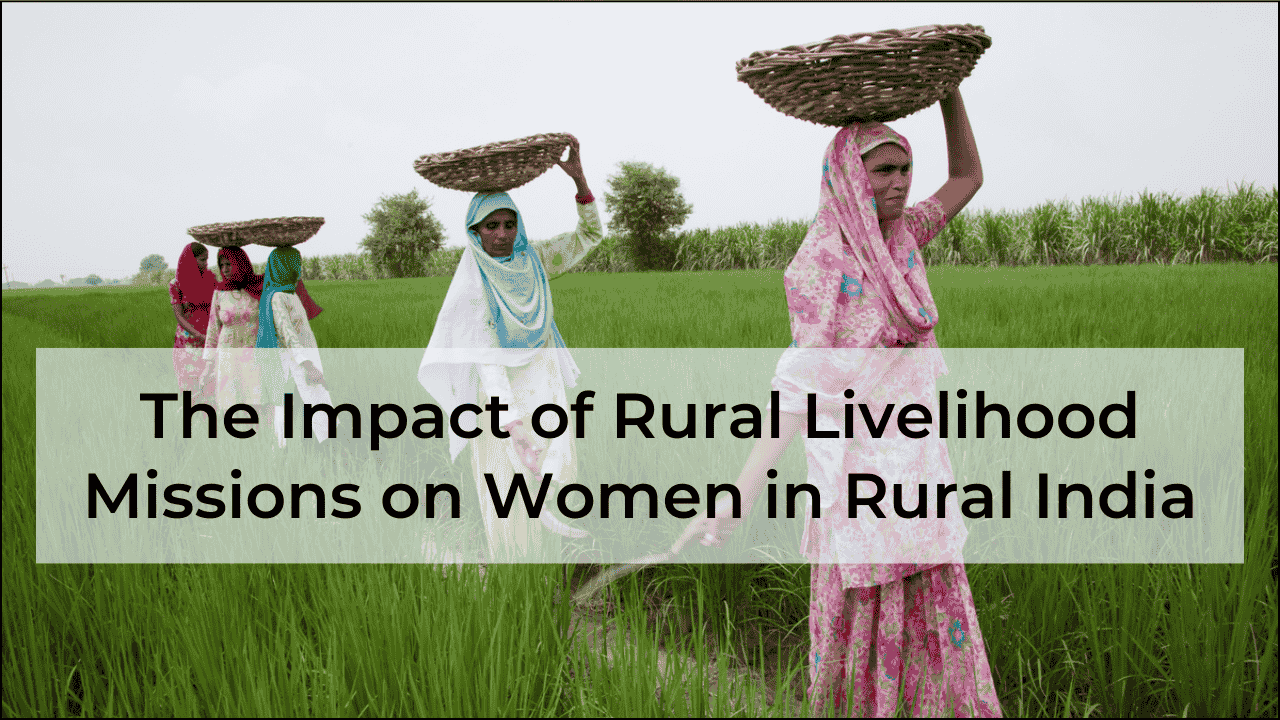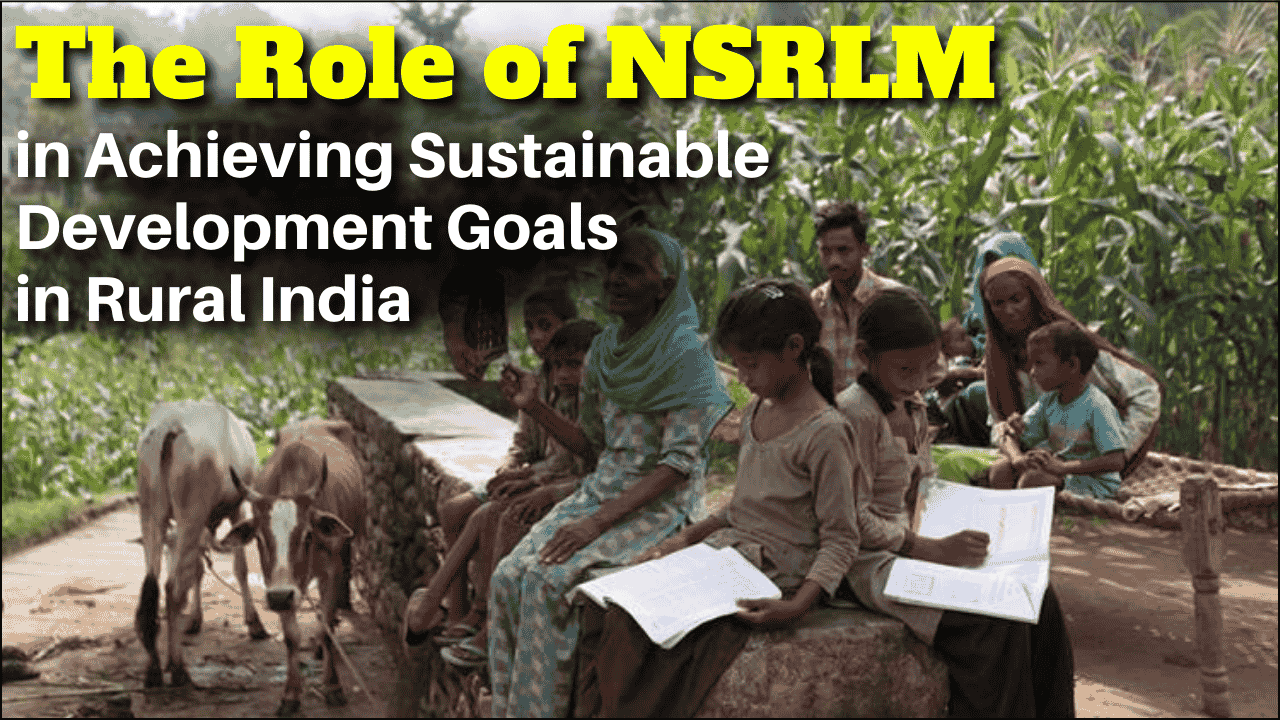
The Nagaland State Rural Livelihood Mission (NSRLM) has emerged as a transformative force in rural Nagaland, particularly in reshaping the socioeconomic landscape for women. As a state-level implementation of the national plan, this mission has systematically addressed barriers to women’s advancement through multi-dimensional approaches that combine financial inclusion, skill development, and community mobilization.
Background and Implementation
The NSRLM operates as Nagaland’s implementation arm of the broader National Rural Livelihood Mission (NRLM), a flagship program designed to ease rural poverty through sustainable livelihood opportunities. Since its beginning, the mission has established a presence in all 16 districts of Nagaland, reaching over 1,260 villages and touching the lives of thousands of families living below the poverty line.
The program’s core strategy revolves around forming and nurturing Self-Help Groups (SHGs) that serve as vehicles for financial inclusion, skill enhancement, and social empowerment. These community-based organizations bring together women from similar socioeconomic backgrounds, creating platforms for collective action and mutual support.
Key Dimensions of Impact
Economic Empowerment
The economic impact of NSRLM on rural women has been substantial and has many different aspects or features.
An analysis of the financial transformation reveals significant improvements across several indicators:
| Economic Indicator | Pre-NSRLM Status | Post-NSRLM Status | Percentage Change |
|---|---|---|---|
| Average Monthly Income | ₹1,500-2,000 | ₹3,500-5,000 | 133-150% increase |
| Access to Formal Banking | 25% of women | 87% of women | 62% increase |
| Average Household Savings | ₹5,000-8,000 | ₹15,000-25,000 | 200-212% increase |
| Credit Access | Limited/informal | Institutional credit | Qualitative improvement |
| Enterprise Ownership | 15% | 42% | 27% increase |
Women who previously relied only on subsistence agriculture or irregular pay labor have diversified into microenterprises such as handloom weaving, food processing, and livestock rearing. The revolving fund provided through the SHGs has enabled members to access credit without the exorbitant interest rates charged by informal managers, breaking the cycle of debt that often trapped families in poverty.
Financial Inclusion
One of the most remarkable achievements of the NSRLM has been bringing previously unbanked women into the formal financial system. This transition has multiple benefits:
- Savings Mobilization: Regular saving habits have been institutionalized through SHG membership, with weekly or monthly contributions building financial discipline.
- Credit Linkages: SHGs have been linked with banks for larger loans at reasonable interest rates, enabling members to undertake more substantial economic activities.
- Financial Literacy: Training programs have equipped women with basic accounting skills, budget management, and an understanding of banking procedures.
- Digital Financial Services: Increasingly, beneficiaries are adopting digital payment methods and mobile banking, connecting them to the broader financial ecosystem.
Social Transformation
Beyond economic metrics, the NSRLM has catalyzed deep social changes that have elevated women’s status within their households and communities:
| Social Dimension | Observable Changes |
|---|---|
| Decision-making Power | Increased participation in household financial decisions |
| Mobility | Greater freedom to travel independently for business purposes |
| Community Recognition | Leadership roles in village institutions |
| Confidence and Self-esteem | Improved ability to voice opinions in public forums |
| Collective Action | Addressing social issues like alcoholism and domestic violence |
Women who previously remained confined to domestic responsibilities now actively participate in gram sabha meetings, interact with government officials, and negotiate with market actors. This newfound confidence has challenged traditional gender norms and reshaped community perceptions about women’s capabilities.
Skill Development and Capacity Building
NSRLM has systematically built capabilities among rural women through structured training programs:
- Vocational Skills: Training in market-relevant skills like traditional textile production, food processing, and handicrafts.
- Business Management: Basic entrepreneurship skills including pricing, marketing, and inventory management.
- Leadership Development: Grooming community resource persons who can train and mentor other women.
- Technical Knowledge: Sector-specific training in agriculture, animal husbandry, and other livelihood activities.
These capacity-building initiatives have created a cadre of skilled women who not only manage their enterprises but also serve as role models and trainers for others in their communities.
Case Studies and Success Stories
The abstract statistics come alive through individual success stories:
Ashali from Kohima District began with a small investment of ₹5,000 from her SHG to start a poultry farm. Today, her enterprise generates a monthly income of ₹12,000, allowing her to educate her children in private schools.
Imlinungla from Mokokchung utilized her SHG loan to expand her traditional weaving business. By organizing ten other women weavers, she now fulfills bulk orders for cultural garments, generating employment while preserving indigenous crafts.
The Zhaleo SHG in Phek District collectively manages an organic vegetable farm that supplies produce to urban markets at premium prices. Their success has influenced agricultural practices across neighboring villages.
Challenges and Limitations
Despite impressive achievements, the NSRLM implementation faces several challenges:
- Market Linkages: Many rural enterprises struggle with limited market access, especially for higher-value products.
- Infrastructure Constraints: Poor road connectivity and erratic electricity supply hamper production and distribution.
- Technical Support: Ongoing mentoring and troubleshooting support remain insufficient in remote areas.
- Scale and Sustainability: Transitioning from micro to small enterprises requires additional capital and management skills.
- Regional Disparities: Benefits have not been uniformly distributed across all regions, with remote areas showing slower progress.
Future Directions
To build on current successes and address limitations, NSRLM could benefit from:
- Strengthening market linkages through digital platforms and collective marketing initiatives.
- Developing second-tier institutions like producer companies to achieve economies of scale.
- Integrating technology for improved production, quality control, and market access.
- Deepening financial services beyond basic credit to include insurance and investment options.
- Creating robust monitoring and evaluation mechanisms to identify and address implementation gaps.
Conclusion
The NSRLM represents a significant step forward in rural women’s empowerment in Nagaland. By combining financial inclusion, skill development, and social mobilization, it has created pathways for women to emerge as economic actors and community leaders. The transformation extends beyond income metrics to fundamental shifts in gender relations and community dynamics.
As the mission continues to evolve, its sustained impact will depend on addressing current challenges while adapting to changing market conditions and community needs. Nevertheless, the foundation laid through women’s collectives provides a strong platform for continued progress toward inclusive and sustainable rural development.



